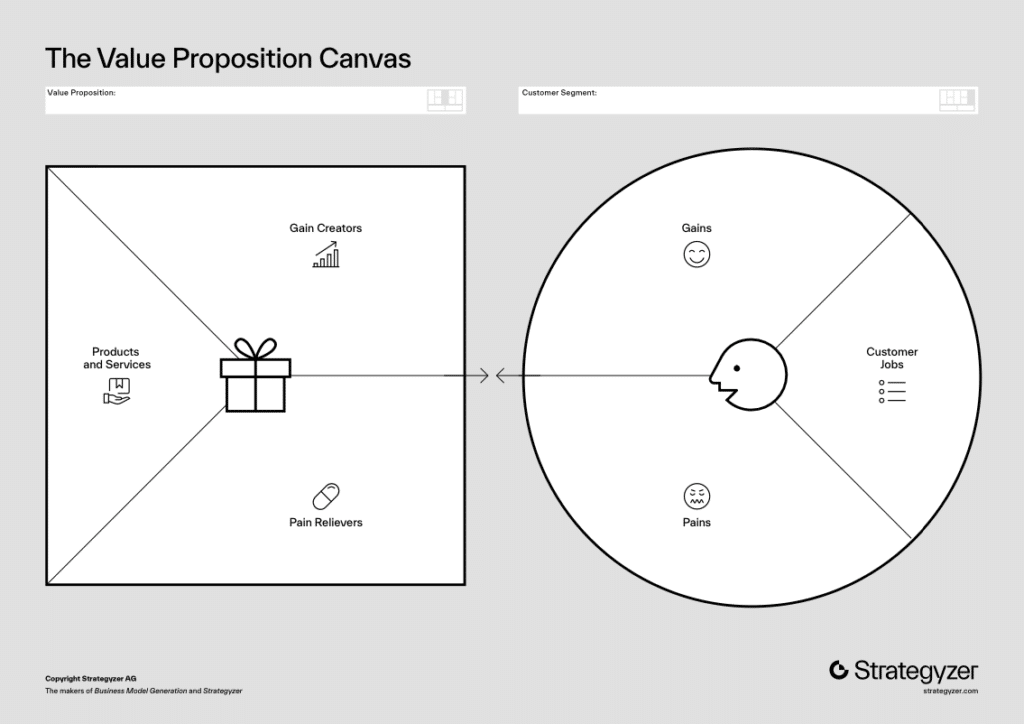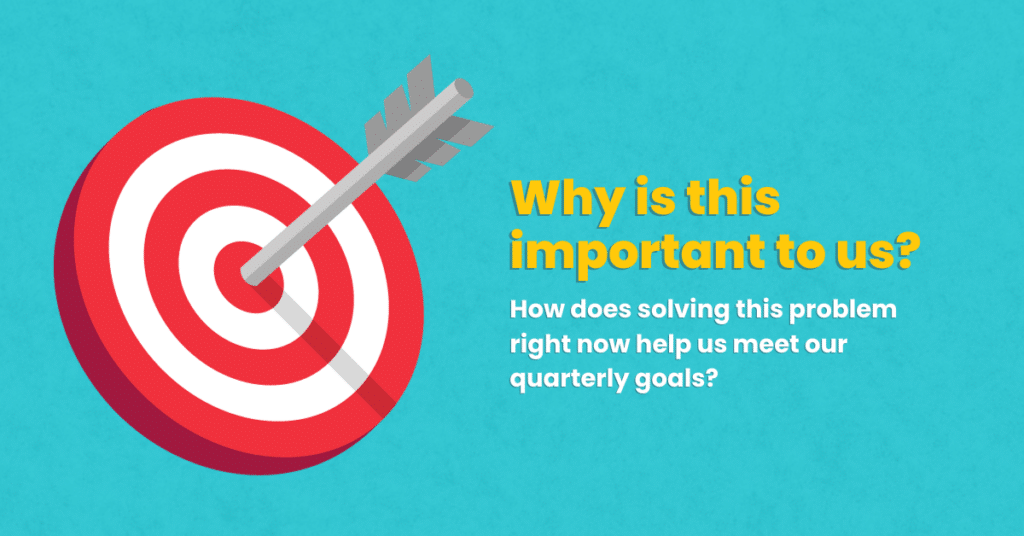Introduction
Effective teams generate value by solving human problems, not by building “stuff.” As you grow your Agile career, it is important to make the shift from a traditional task-oriented mindset to an outcome-oriented approach. In Agile and Scrum, this begins in the Refinement of Product Backlog Items. Some teams never make the leap to move beyond building to solving problems.
Understanding the distinction between outcomes (the benefits or changes that result from what the project or product delivers) and outputs (the tangible deliverables or products of the project) is a critical leap in your Agile journey. It shifts the focus from doing work to achieving results that matter. Embracing this approach early in your career will not only enhance your strategic thinking but also position you as a valuable asset in any Agile team, contributing meaningfully to your organization’s overarching goals.
In the realm of Backlog Refinement, this mindset becomes particularly pivotal. It’s not just about what we are building, but why we are building it. By asking the right questions during backlog refinement sessions, you can uncover the true purpose behind each item, ensuring that every task you undertake is a step towards substantial business outcomes. Let’s delve into the five key questions that can help you take the leap and foster an outcome-focused approach in your Agile practice.
Who’s problems are we trying to solve by doing this work?
To start with Why, we must first understand Who. Understanding the ‘Who’ is the cornerstone of any outcome-focused approach in Agile. This question takes us straight to the heart of the matter – identifying the end user and understanding their needs, challenges, and expectations. It’s not just about building a product or implementing a feature; it’s about solving real problems for real people.
In your next backlog refinement session, encourage your team to delve deeper into the profiles of the users or customers for whom you are developing the product. This exploration is not just about demographic data; it’s about empathizing with their experiences, frustrations, and desires. Consider these sub-questions to guide your discussion:
- Who will be directly impacted by this work? Identify the primary users or customers who will interact with the product or benefit from its features.
- What challenges are these users facing? Understand the pain points and obstacles that your users encounter, which your work aims to address.
- What motivates the user to seek this solution? Delve into the reasons why users would turn to your product. Is it to solve a specific problem, enhance efficiency, or improve their quality of life?
- How does this work improve the user’s experience? Discuss how the proposed feature or product will make a positive change in the user’s life or work.
Tools to Understand Your Who

You can use tools such as a Value Proposition Canvas to guide your team’s conversation into a deeper understanding of Who. By starting with ‘Who’, you position your team to create solutions that are not just technically sound but also deeply aligned with user needs. This user-centric approach ensures that your efforts are channeled into creating outcomes that genuinely enhance user satisfaction and drive business value. Remember, at the end of the day, the success of your product is measured not just by what it does, but by how well it solves real-world problems for its users.
Why Would They Need This? Understanding the Compelling Reason for the User
With a clearer picture of who we are serving, the next critical inquiry in our backlog refinement is understanding ‘Why’ – why the work we’re doing is necessary and compelling to the user. This question shifts our focus from the product’s features to its real-world impact on the user. It’s about connecting the dots between user needs and the solutions we provide.
In your backlog refinement discussions, encourage your team to explore the motivations and incentives that drive users towards your solution. Bring actual, real-life users into the conversation and ask them directly. Or, even better, consider bringing your team on-site to a real user and have them observe and learn. Consider the following aspects to deepen your understanding:
- What Specific Pain Point or Need Does This Address? Identify the core issue or need that your work aims to resolve or satisfy. Is it reducing the time spent on a task, simplifying a complex process, or offering a unique solution to a longstanding problem?
- How Does This Create Value for the User? Discuss the tangible or intangible benefits the user will gain. This could be in the form of increased efficiency, cost savings, enhanced quality of life, or even emotional satisfaction.
- What Makes This Solution Appealing to the User? Consider the factors that would attract users to your product. Is it the ease of use, innovative features, time savings, reliability, or something else?
- Why Would a User Invest Time in Learning This Tool? Reflect on the learning curve associated with your product. How does the value delivered by the product justify the user’s investment in time and effort to learn and adapt to it?
- Is the Solution Aligned with User Expectations and Trends? Ensure that the solution is not only addressing current needs but is also in sync with evolving user expectations and market trends.
Why is this important?
By starting with ‘Why’, you not only ensure that your work is relevant and valuable to the users but also align your team’s efforts with the overarching goal of delivering solutions that truly resonate with and matter to your target audience. Remember, a compelling ‘Why’ can be the driving force that turns a good product into a great one, loved and embraced by its users.
How Will They Know We Solve That Problem? Measuring Success and Gathering Feedback
Having identified ‘Who’ we are serving and ‘Why’ they need our solution, it’s essential to address ‘How’ we will know if we’ve successfully solved their problem. This question steers us towards understanding the metrics of success and the channels of feedback that confirm the effectiveness of our solution. It’s about setting clear indicators and actively seeking user input to validate our work.
In your backlog refinement, integrate these key points to ensure your team is on the right track:
- Defining Success Metrics: Determine what metrics will signify that the problem has been successfully solved. These could be quantitative, like a decrease in time taken to complete a task, or qualitative, like user satisfaction ratings.
- User Perception and Testimonials: Discuss how users will describe their experience with the solution. What kind of language or sentiments would indicate that the solution has met their needs? Capture this through user stories, surveys, or testimonials.
- Feedback Channels: Identify the most effective channels for gathering user feedback. Will it be through direct user interviews, digital surveys, usage analytics, or social media interactions? Establishing the right channels is crucial for obtaining authentic and actionable insights.
- Rapid Feedback and Iteration: Explore how quickly feedback can be obtained. Can you implement methods like A/B testing, prototype testing, or user focus groups within the sprint cycle? The goal is to validate assumptions and learnings as swiftly as possible to enable prompt iterations.
- Incorporating Feedback into Solution Development: Discuss how feedback will be integrated into the development process. Be sure not to focus extensively on “How” you will actually solve the problem (save this for when you’ve committed to the work), but do take enough time to understand how you can shorten the feedback cycle to, ideally, get feedback WHILE you are working on the solution. “Don’t Make Me Think” by Stephen Krug has some interesting ideas on how to achieve this if you are interested.
Understanding how your users will measure success will help your team better understand the potential solutions they will develop. In essence, the art of backlog refinement is not just about planning what to build, but also about understanding and validating that what you build genuinely solves user problems. By focusing on defining clear success metrics, gauging user perception, establishing effective feedback channels, and embracing rapid feedback and iterative development, your team positions itself not just as builders, but as problem solvers and value creators.
Why is it Important to Us? Aligning Work with Strategic Goals
After understanding how users define success, it’s crucial to turn inward and ask, “Why is this work important to us as an organization?” This question serves as a vital checkpoint for prioritization, ensuring that the problems you commit to solving align with your strategic goals and objectives.
In your backlog refinement sessions, incorporate this introspective approach:
- Alignment with Organizational Objectives: Evaluate how the proposed work aligns with your company’s overall objectives or OKRs (Objectives and Key Results). This step is essential in ensuring that every effort contributes to the broader vision and goals of your organization.
- Strategic Value Assessment: Discuss the strategic value of solving this problem. How does addressing this issue propel the company forward? Does it open new markets, strengthen your competitive edge, or enhance operational efficiency?
- Resource Allocation Considerations: Consider if the resources required for this work – be it time, personnel, or budget – are justified by the strategic value it brings. This evaluation helps in making informed decisions about prioritizing tasks based on their potential impact on the company’s growth and success.
- Review and Revisit Company Goals: Use this opportunity to review your company’s current goals or OKRs. Are they still relevant, and does this work contribute to these objectives? If your team is unclear about these goals, it might be time to seek clarification from leadership to ensure alignment.
- Long-term Benefits vs. Short-term Gains: Weigh the long-term benefits of the work against the short-term gains. Sometimes, tasks that seem less significant in the short term can have substantial long-term benefits aligned with your strategic goals.

By asking “Why is it important to us?”, you ensure that your team’s efforts are not just about ticking off items on the backlog, but about making meaningful contributions to the company’s success. This strategic alignment is key to not just doing work, but doing the right work that drives your organization forward.
How Will We Know We’ve Done Enough? Establishing a Clear Definition of Done
The final, yet pivotal, question in our backlog refinement process is determining how we’ll know when we’ve done enough – essentially, defining when a backlog item is considered complete. This question focuses on crafting clear and precise acceptance criteria, ensuring the team has a mutual understanding of what needs to be done to reach ‘Done’.
In your backlog refinement sessions, emphasize the importance of this clarity:
- Crafting Clear Acceptance Criteria: Utilize the INVEST (Independent, Negotiable, Valuable, Estimable, Small, Testable) principle to create well-defined and achievable backlog items. This approach ensures that each item is clearly understood and manageable within a sprint.
- Understanding the Definition of Ready: Before any work begins, ensure that the team has a shared understanding of the Definition of Ready. This means that the backlog item is well-defined, clearly articulated, and the team is prepared to start work on it.
- Setting Realistic and Achievable Goals: Ensure that the goals set for each backlog item are realistic and achievable within the timeframe of a Sprint. This involves assessing the complexity and scope of the work and ensuring that it can be realistically completed to the desired standard within the sprint duration.
By asking ourselves, “How will we know we’ve done enough?”, we can guide your team to establish clear, actionable, and measurable criteria for completing tasks. Making sure our PBIs meet our Definition of Ready will pay dividends when it comes to actually completing our work during a Sprint.
Navigating Backlog Refinement with Clarity and Purpose
As we conclude our exploration of these five essential questions to ask at Backlog Refinement, it’s clear that each query serves as a steppingstone towards a more structured, outcome-focused, and strategically aligned Agile practice. By asking the right questions – Who, Why, How, Why Us, and What Defines ‘Done’ – early career Agile practitioners can transform the way they approach backlog refinement from a routine task into a strategic activity that significantly contributes to project success.
These questions guide your team to think beyond the immediate scope of the backlog items, encouraging a deeper understanding of user needs, strategic alignment, and clear execution standards. By focusing on these aspects, you not only ensure that your team’s efforts are meaningful and impactful but also that they align with broader organizational goals and user expectations.
Remember, the goal of backlog refinement is not just to organize work but to create a shared understanding among the team. It’s about ensuring that every task undertaken is valuable, viable, and verifiable. It’s about building solutions that not only meet immediate project requirements but also contribute to long-term business success and customer satisfaction.








